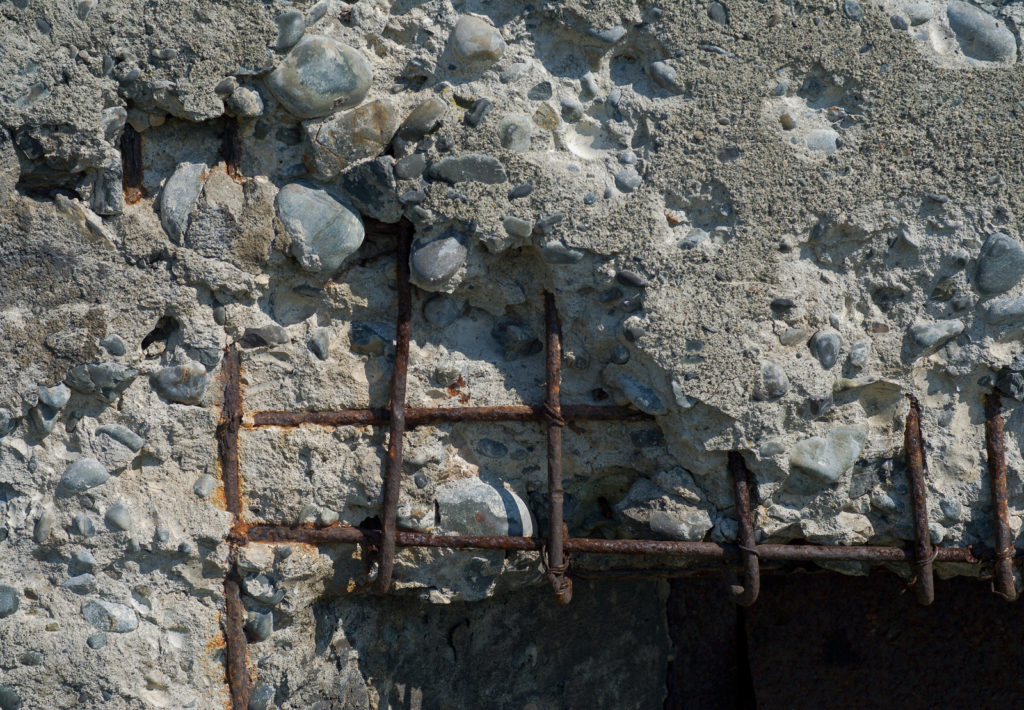While, generally speaking, concrete is a relatively easy material to work with (there’s a reason it’s the second most-used substance on earth, after water!), it is important that it’s handled properly from start to finish, or certain problems can rear their heads and, as with anything, prevention is always better than cure.
For example, if errors are made during the construction phase, such as the incorrect amount of water being added, improper curing or poor consolidation, the resulting concrete can see distress and deterioration. Problems that result from such mistakes can include bugholes, honeycombing, scaling and cracking.
Bugholes are small holes that appear on the surface of the concrete, generally because too much sand has been included in the mix, or because of too much vibration during concrete placement. They can lead to durability concerns later down the line, so monitoring will have to take place, as a result.
Honeycombing, meanwhile, is caused by insufficient vibration during placement, or perhaps because the concrete mix is poor, or the coarse aggregate is too large. Look for exposed coarse aggregate on the surface of the concrete.
It’s important to note that honeycombing can work its way deep into the concrete and will lead to further deterioration, so repairs will become necessary later down the line.
Another common issue for concrete is cracking, whether they’re surface cracks or more structural in nature. Surface, or hairline, cracks are common and not usually a huge cause for concern, the result of freeze-thaw cycles, alkali-aggregate reactivity and so on. They may also appear if new concrete is used to cover old concrete.
Structural cracks, on the other hand, extend deeper into the material, and such issues will need to be addressed sooner rather than later.
You should also be aware of disintegration and scaling. The former is where concrete deteriorates into small fragments, whereas scaling is a milder form, where you find surface mortar flaking off. If left to its own devices, concrete deterioration can cause structural instability, so take action as soon as you find problems of this kind.
Something else to keep an eye on is the appearance of efflorescence, a white crystallised substance that can appear on concrete surfaces, often near thin cracks. This happens when water makes its way through cracks or pores in the concrete, leaving behind minerals upon evaporation.
The big issue here is that, while it may not cause structural concerns, it can be suggestive of concrete deterioration, or make deterioration more likely because of the freeze-thaw cycle.
If you’re worried about any of these issues, or anything else relating to concrete management, get in touch with us today to arrange for a concrete condition survey to be carried out.
Find out even more about concrete in the Science Direct journal.

